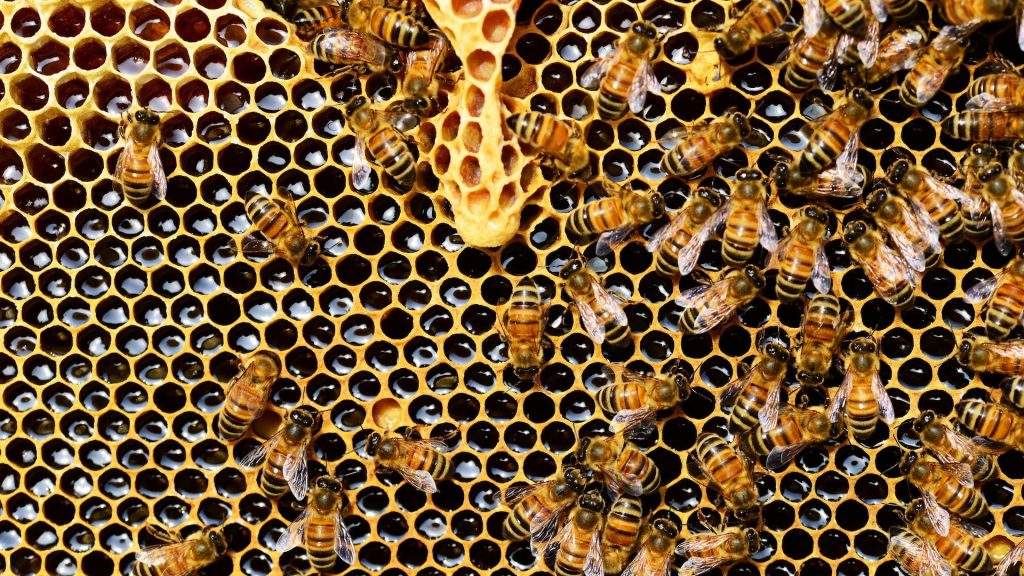FREE Shipping on Orders over $89 with Account – Create One Today!
- (844)-859-9400
- Get Help

As this blog has discussed previously, a particular type of honey has been steadily gaining popularity for its wide ranging benefits. Manuka honey, produced in New Zealand by bees that pollinate the manuka bush, is known for its antibacterial properties. Because of this, it has been used to treat a variety of wounds, ranging from minor cuts and burns to more serious injuries.
Below, we will explore different medical conditions Manuka honey can be used to treat, how it works, and the benefits of using it in wound care. We’ll also discuss some tips for finding the best Manuka honey products on the market.
Studies have shown that Manuka honey can help with a variety of conditions. It’s been found to be effective against antibiotic-resistant bacteria like MRSA, which is a big problem in hospitals. Manuka honey has also been shown to promote the growth of new tissue and reduce inflammation, which can speed up the healing process.
Manuka honey can be used to treat a wide range of wound conditions, including:
Manuka honey’s antibacterial properties come from the presence of hydrogen peroxide, which is produced by the enzyme glucose oxidase in the honey. Additionally, Manuka honey contains a unique compound called methylglyoxal (MGO), which has been shown to have even stronger antibacterial properties than hydrogen peroxide alone.
When Manuka honey is applied, it forms a barrier over the wound, which can protect it from bacteria and other harmful microorganisms. Plus, it’s a natural anti-inflammatory, which can help reduce pain and swelling.
Manuka honey can be used in several ways for wound care, including:
When using manuka honey for wound care at home, it is important to ensure that the honey is medical-grade and has a high level of MGO. It is also important to consult with a healthcare professional before using manuka honey, especially if you have allergies or medical conditions that may be affected by its use.
When choosing a manuka honey product for wound care, it is important to consider the Unique Manuka Factor (UMF) rating. This rating measures the antibacterial activity of the honey and is indicated on the label. The higher the UMF rating, the more potent the antibacterial activity. For wound care, a UMF rating of 10 or above is recommended. However, not all manuka honey products are created equal, and the UMF rating is not the only factor to consider.
Another factor to consider is the purity of the honey. Look for a product that is 100% pure Manuka honey, like Activon, with no additives or fillers. This ensures that the honey retains its natural antibacterial properties and is not diluted with other substances.
If you have a wound that is not healing properly or is at risk for infection, you may want to consider incorporating Manuka honey into your wound care regimen. If you have allergies or medical conditions that may be affected by its use, it’s important to consult with a medical professional before using.
Medical Monks staff is always available during business hours for info related to Manuka honey or any other products we sell. Get help via LiveChat, email ([email protected]) or by calling 844-859-9400, 8am-7pm Monday thru Friday.

Edited for content by ADAM PAGE.
